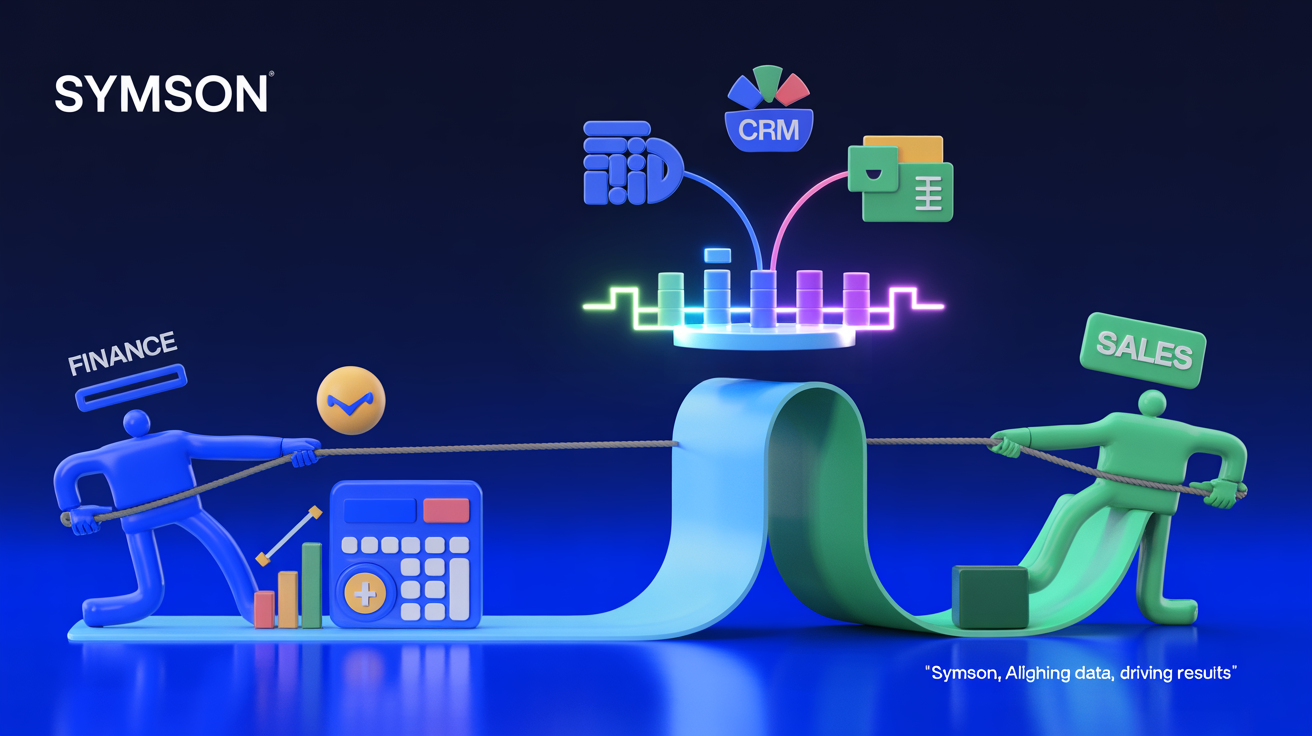
You’re negotiating deals, reviewing price lists, and updating discounts, yet something doesn’t add up. Margins are inconsistent. Sales push for flexibility. Finance pulls for control. And somewhere in between, your pricing strategy starts falling apart.
This isn’t a one-off issue. It’s a pattern across B2B companies, and it’s costing more than you think. Here’s a breakdown of the most common pricing challenges B2B organisations face, and what it takes to fix them.
1. Organisational Misalignment
B2B companies often lack clear pricing ownership and alignment. Internally, conflicting goals create friction, and pricing rarely gets the strategic attention it deserves.
Lack of Ownership
Pricing often falls into a grey area. It’s not owned by a specific person or team. Without a pricing owner or mandate, accountability disappears, and no one drives consistency or improvement.
Sales vs. Finance Conflicts
Sales teams want room to negotiate. Finance wants pricing control to protect margins. This creates friction, delays, and unclear authority over pricing decisions.
Low Management Priority
Pricing is rarely treated as a strategic priority. It’s viewed as an operational task instead of a growth driver, leading to underinvestment and weak alignment at the top.
Resistance from Sales Teams
Sales may see pricing tools as a limitation, not a resource. Without buy-in, they resist adoption and default to their methods, undermining consistency.
2. Broken Pricing Processes
Without a unified way of working, pricing becomes inconsistent across departments and regions. Lack of governance slows progress and makes improvement impossible.
No Standard Way of Working
Different teams price differently. There’s no unified process across departments or regions, leading to disjointed decision-making.
No Governance or Accountability
It’s often unclear who initiates pricing changes, approves updates, or evaluates outcomes. Without structure, processes stall or stay reactive.
Poor Visibility Into Customer Agreements
Discount tiers, special pricing, and deal history are scattered across spreadsheets, inboxes, and ERP systems. This makes it hard to track commitments or identify margin leaks.
Also Read: How to Optimise Discounts in B2B?
No Feedback or Learning Loop
Pricing is treated as a one-time task. There’s no built-in cycle for testing, reviewing, or improving pricing based on performance or customer response.
3. Data and Technology Gaps
Pricing is only as good as the data behind it. When data is messy and tools don’t connect, speed and accuracy suffer across the board.
Fragmented Pricing Data
Key pricing inputs are split across ERP, Excel, email, and other systems, making it nearly impossible to build a single source of truth.
Poor Data Quality
Product names, historical prices, and customer information are often inconsistent or incomplete. This limits your ability to analyse, segment, or automate.
Rigid IT Systems
Legacy ERPs can’t integrate with modern pricing tools. This forces teams into manual workarounds and slows down pricing updates and insights.
4. Weak Pricing Strategy and Insight
Many B2B companies operate without pricing logic, customer segmentation, or any ability to simulate the impact of price decisions.
No Clear Price Logic
Many prices are the result of legacy decisions, not tied to cost, value, or market position. This lack of structure leads to randomness and revenue risk.
No Segmentation or Differentiation
Customers of different sizes, regions, or loyalty levels often pay similar prices. Without segmentation, companies miss opportunities to maximise margin or retention.
No Price Sensitivity Analysis
Even if customers react to price changes, few B2B teams analyse this systematically. That means missed insights and untapped margin potential.
No Simulation or Forecasting Tools
Most pricing decisions are made without modelling the impact. Teams can’t test what a price change will do to margin, volume or customer behaviour until it’s too late.
Symson helps you fix your B2B Pricing Challenges
SYMSON’s pricing software isn’t just another pricing tool. It’s a complete pricing solution designed for the real operational, organisational, and strategic challenges B2B companies face. Here’s how SYMSON handles it all.
1. Organisational Alignment and Ownership
SYMSON supports B2B teams in building internal pricing ownership. You can assign roles, create workflows, and align sales, finance, and leadership around one clear pricing strategy, removing conflict and ambiguity.
2. Structured, Unified Pricing Processes
SYMSON enables a consistent way of working across your organisation. With built-in governance, approval flows, and pricing cycles, you gain structure without losing flexibility. Teams follow the same playbook, reducing risk and improving control.
3. Clean, Connected, and Actionable Data
SYMSON integrates seamlessly with ERP, CRM, and BI tools. It helps you clean your data, segment it properly, and connect all sources into one pricing engine, eliminating scattered files and manual updates.
4. Smart Pricing Logic and Strategy Tools
SYMSON replaces guesswork with strategic clarity. You can build value-based pricing models, apply business rules, and simulate the impact of pricing changes before rollout. Pricing becomes evidence-based, not gut-based.
5. Advanced Competitive Intelligence
SYMSON’s Price Watch goes far beyond basic scraping. It uses AI-powered matching, image recognition, and complex clickpath scraping to track competitor prices across websites and marketplaces, even for alternatives and bundles. You get real, usable data for real decisions.
6. Built for B2B Complexity
Whether you operate across regions, serve multiple customer types, or offer complex pricing agreements, SYMSON gives you the flexibility and control to manage it all in one place.
Do you want a free demo to try how SYMSON can help your business with margin improvement or pricing management? Do you want to learn more? Schedule a call with a consultant and book a 20 minute brainstorm session!



















.png)
.png)











